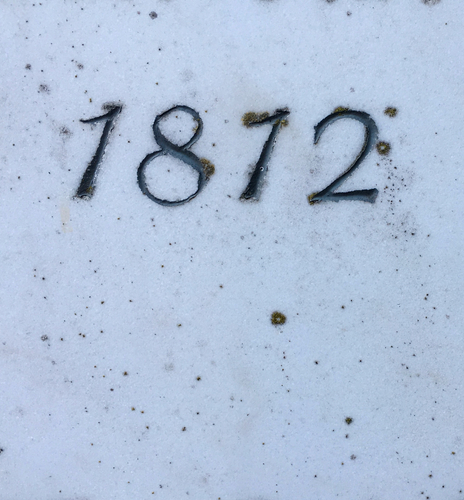The United States was frustrated by Great Britain's unfair maritime practices and their opposition to America's intent to conquer Canada. The US perceived Canada as a weak nation impeding its desire to expand its territory. This objective was, nevertheless, never attained.
The British protected Canada against the US’s expansion. As a result, In 1812, President James Madison signed a declaration of war against the English. Both sides formed coalitions with Native American tribes. Some of the US’s allies included the Choctaw, Cherokee, Creek, and Seneca tribes. The British allies included the Shawnee, Ottawa, Ojibwe, and several more tribes.
Great Britain possessed a vast and well-trained army that defeated the US on land and at sea. That said, the US achieved success in the Northwest Territory while Britain thrived in upper Canada. Although the war involved expansion towards Canada, much fighting occurred in the south. Some battlegrounds included Mississippi, Florida, and Alabama.
After years of fighting, the United States and Great Britain grew tired of fighting. This was especially true after the British succeeded in burning down the US Capitol, the President's Mansion, and other buildings. On December 24, 1814, both parties agreed to end the conflict by signing the Treaty of Ghent. However, this treaty did not take effect until February 1815, so some conflicts still existed between the powers until then.

